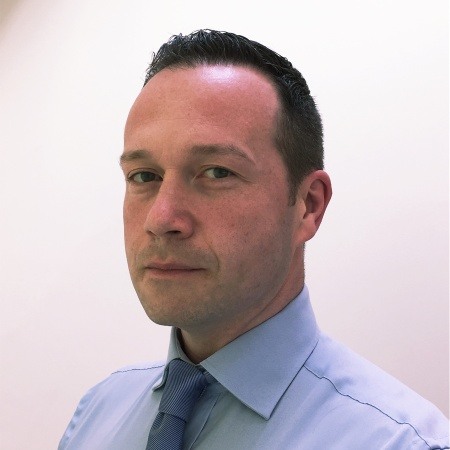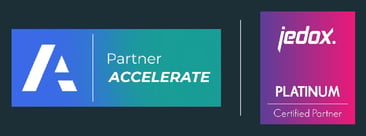Like me, you may be thinking about helping the planet by acquiring your first electric car but are still not sure whether the network of recharging points is currently sufficient to preclude you from being stuck in a layby on a wet Sunday evening. Carmakers and the myriad of original equipment manufacturers (OEM’s) supplying components are battling with exactly the same problem but on the other side of the fence.
After 150 years wedded to the combustion engine, their industry is in the process of electrification, so vehicle manufacturers and companies supplying engine components are having to plan and manage how quickly to ramp up the supply of electric vehicles while phasing out existing models and decommissioning production lines. It’s a big unknown made harder by the fact that electric vehicles depend on technologies where others, such as battery manufacturers and software providers, call the shots.
critical success factors in a re-imagined automotive industry
In anticipating this inevitable but uncertain transition, manufacturers and OEMs have formed alliances to secure their place in the new automotive market. Global consultancy McKinsey predicts that the market will increasingly focus on digital channels, demand a ruthless approach to optimising assets, and shift to recurring revenue streams, something that is well underway with the transition to leasing rather than purchasing vehicles. But it’s the other critical factors they list that should concern FP&A professionals.
- McKinsey suggest the industry needs to shift away from annual budgets toward what they call dynamic resource allocation, where resources and budgets for future periods are allocated based on drivers such as consumer demand or departmental workload, rather than expenditure during the previous year. They cite ‘zero-based budgeting’ as one such practice, but it could equally be the type of agile ‘connected planning’ enabled by adopting our partner Anaplan’s planning platform.
- After the COVID-19 pandemic caused disruptions in the supply of components from Asia, McKinsey suggest manufacturers address supply chain resilience with some urgency either by cultivating local OEMs or insourcing. No matter which route they choose McKinsey stresses that organisations should not return to business as usual, but should adopt faster processes and tools that enable scaled, agile practices.
The guiding principle that the authors of the McKinsey report stress at the end of the piece is the need for a ‘strong decision-making cadence’. By this, they mean having clear accountability, rapid decision making, and disciplined execution where variances in operational and financial performance are quickly pinpointed and addressed.
They suggest that the window of opportunity for making these changes is already starting to close and that the hierarchical decision making, and organisational silos, that currently hamper planning processes need to be addressed with some urgency. It’s something a number of companies in the automotive sector have already achieved by abandoning spreadsheets and standalone legacy planning tools for our partner Anaplan’s connected planning platform. Using Anaplan, the Italian multinational, ASK Industries, an OEM of car audio systems, is able to perform what-if” analyses that previously took all day, in just 10 seconds. And The Brake Business Unit of Hitachi Automotive Systems connected multiple plans in Anaplan—starting with sales and ending in cash outlook—to provide comprehensive support for supply chain planning, vendor negotiations, and financial planning, - together with the ability to rapidly alter course as conditions change.
Capabilities such as these are exactly what is needed for ‘strong decision-making cadence’ that McKinsey suggests the industry urgently needs. View our recent webinar to learn how!
Webinar: Forecast, Forecast, Forecast!
In this webinar, we discuss how cloud technology can provide the collaborative planning environment that businesses need to adjust and continually adapt, whilst delivering other benefits like reducing operational costs and the time consumed by forecasting and planning processes. View now!
Or simply get in touch today and we will happily show how Anaplan can work for your business.






